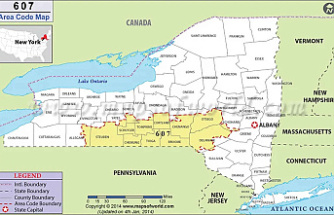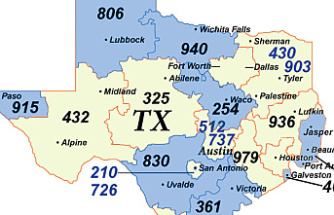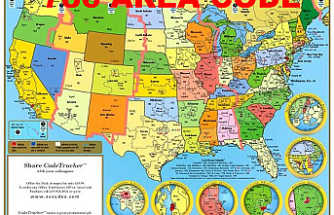On the heels of one of the warmest Boulder Februarys on record, birdwatchers have e-mailed to report resident songbirds already courting and establishing nesting territories. Western meadowlarks were singing by the second week of the month, while mountain bluebirds flitted across the plains and up into the foothills.
Is this a sign of change?
Not necessarily. Some meadowlarks always seem to sing during late winter, and some bluebirds usually overwinter here.
However, data from 35 years of Boulder County Nature Association Indian Peaks bird counts and Boulder County Audubon monthly wildlife inventories indicate that many migratory songbirds are arriving earlier in the spring than they did during the 1980s.
Some birds also seem to be breeding at higher elevations. In the Indian Peaks, nesting yellow warblers and black-headed grosbeaks appear to have gravitated several hundred feet upslope since the 1980s.
Several species have expanded their nesting ranges northward into Boulder County. Great-tailed grackles, which ranged only as far north as southern Texas during the 1970s, began nesting here about 15 years ago. White-winged doves moved up from Texas and New Mexico about the same time.
Eastern phoebes, historically confined in Colorado to canyons in the southeastern corner of the state, began breeding in Boulder County during the past decade, constructing nests on ledges of bridges crossing Boulder and South Boulder creeks. Bushtits, mostly restricted to piñon-juniper woodlands in the southern half of the state 20 years ago, now nest commonly in northern Front Range shrublands.
To what extent do these range expansions result from global warming as opposed to other human-induced changes? While intuition would suggest that warming temperatures have helped these southern birds to shift northward, most share an ability to adapt to human-altered landscapes over wide geographic areas.
White-winged doves and great-tailed grackles thrive around towns and farms, and ecologists believe the spread of deciduous trees and center-pivot irrigation across the western plains allowed both species to hopscotch north from Texas and New Mexico.
Eastern phoebes nest naturally on cliff ledges, but during the 19th and 20th centuries they began building more and more of their nests on bridges in urban areas. Pairs that nest on bridges tend to fledge more young, since brown-headed cowbirds, which dump their eggs into phoebe nests, favor nests built on cliffs.
Once considered rare in Boulder County, tiny bushtits have proliferated during the past decade or so, constructing their pendulous, oriole-like nests in foothills shrub thickets. What could have caused this abrupt range expansion?
One of the biggest environmental changes in Boulder County over the past several decades has been the removal of grazing cattle from our foothills canyons, allowing shrub growth to thrive. Recent data from the second Colorado Breeding Bird Atlas, published just last November, indicate that the bushtit range expansion in Colorado has occurred primarily in urban and foothills areas where shrub thickets flourish.
While climate change is already affecting our nesting bird populations, we need to pay attention to on-the-ground changes we are making locally. Some of these changes, especially the proliferation of deciduous trees in urban areas and grasslands, harm native species while facilitating invasion by non-natives.
For example, grassland-nesting lark buntings, described by early 20th century naturalists as Boulder County's most abundant summer-resident species, haven't been documented nesting successfully here for a decade. Invading trees and power poles favor predators and competitors, and the buntings may simply take one look at our fragmented grasslands and think, "Not for me."
Stephen Jones and Ruth Carol Cushman are authors of "Wild Boulder County and The North American Prairie."
Our editors found this article on this site using Google and regenerated it for our readers.












